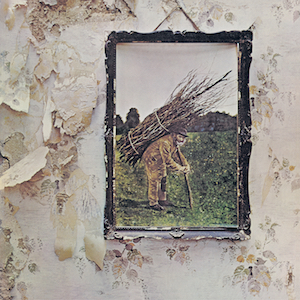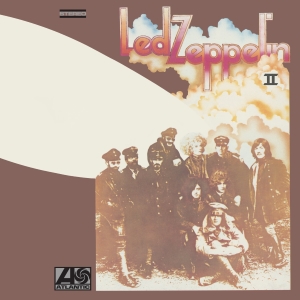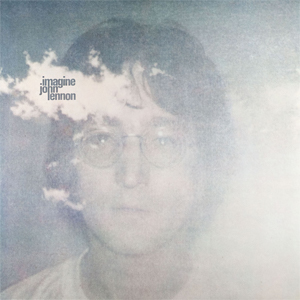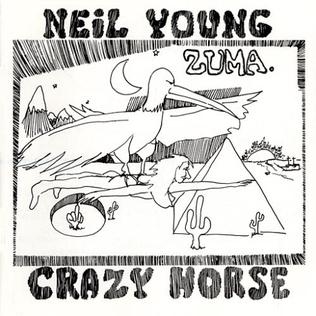Around the time that Made To Love Magic was released, the estate announced another planned companion album of sorts, which emerged after a three-year gap. More of a gamble for non-fanatics, Family Tree collected a variety of these home recordings—two of which had been included on Time Of No Reply, and welcome here in their absence since that album’s deletion. They even took the bold step of including performances by Drakes other than Nick to show his “musical education”. He duets with sister Gabrielle on a rendition of “All My Trials”, and there’s a brief Mozart trio piece with Nick on clarinet and his aunt and uncle on viola and piano respectively. Mother Molly’s “Poor Mum” is suggested as a template for “Poor Boy”, which it isn’t, while “Do You Ever Remember?” is a sad reverie used to close the disc. (More complete collections of Molly’s recordings have been issued for those looking to dig deeper; frankly, they’re quite charming.)
Fully half of the tracks are folk and blues covers, showing the development on his picking style. Along with the usual suspects, like “Cocaine Blues”, he was not unusual among young folkies who were fascinated by Jackson C. Frank (“Here Come The Blues”, “Blues Run The Game”, “Milk And Honey”), Bert Jansch and John Renbourn, Dave Van Ronk, and Bob Dylan (“Tomorrow Is A Long Time”). There are oddities: “Time Piece” is a brief monologue delivered to the accompaniment of a metronome, while “Paddling In Rushmere” is a children’s piano exercise that dissolves in giggles after 24 seconds.
He’s somewhat tentative on those, but most listeners would be more fascinated by his otherwise unreleased originals, like “Blossom”, “Rain”, and especially “Bird Flew By”, which is played way too fast. (The curious should seek out Drake disciple Scott Appel’s superior arrangement on his Nine Of Swords album; also, a piece Appel adapted as “Far Leys” is included here in the form of a minute-long instrumental called “Sketch 1”.) “Come Into The Garden” appears first as a teaser at the start of the disc, then again in a full version toward the end. “Been Smoking Too Long” and “Strange Meeting II” appear in even better quality than before, the latter including some intro chat and a restored segment where he lost his place. “Day Is Done” and “Way To Blue” come, once again, from Robert Kirby’s dorm room, likely to give him an idea how to arrange them in the studio.
As it represents a mere smattering of what had been circulating for years, Family Tree is only necessary if you’ve already inhaled everything else and have to have more. It didn’t have everything, of course, but the estate didn’t owe us anything in the first place.
Since we gotta mention it somewhere, the Fruit Tree box was reissued shortly after this album came out, pared back to just the three original albums, supplemented with a DVD featuring the A Skin Too Few documentary. (A few years earlier, the three albums had been repackaged with unique outer sleeves that were attractive, but hid the actual cover artwork, just as the 1993 Jimi Hendrix reissues had.) Six years after that, Tuck Box offered the three albums plus Made To Love Magic and Family Tree in a package designed to look like the parcels containing cakes and sundries Molly would ship to Nick in his boarding school days. As far as the estate is concerned, his legacy consists of these five albums, and nothing more.
Nick Drake Family Tree (2007)—3
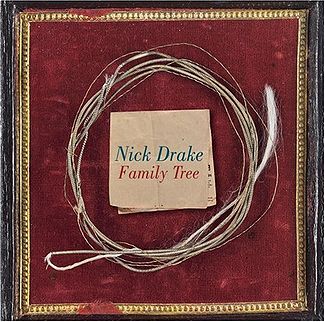

.jpg)
